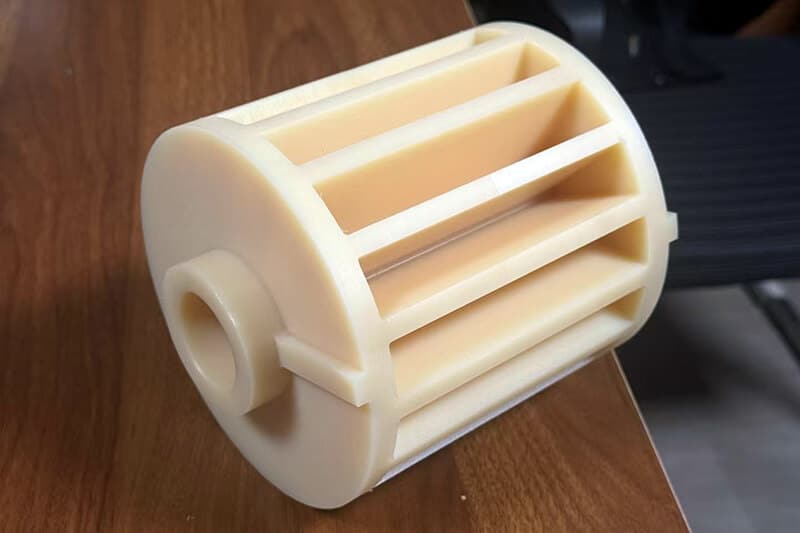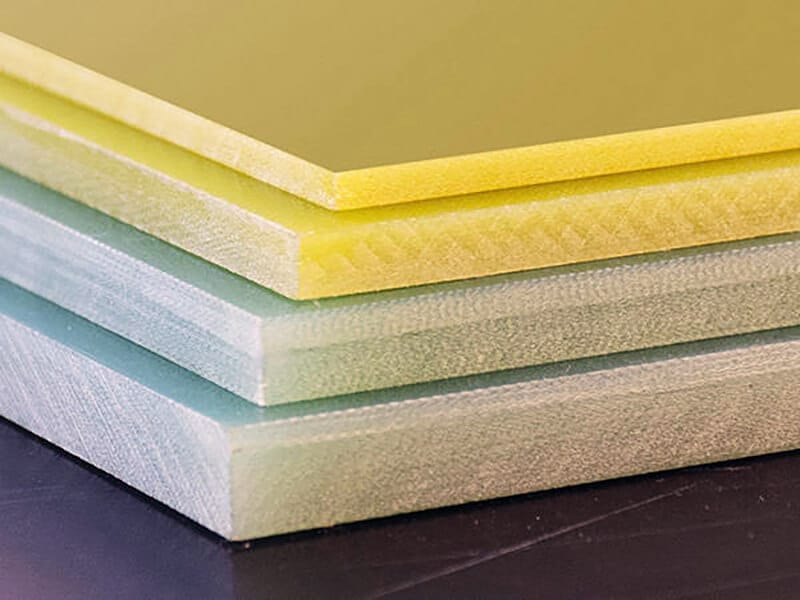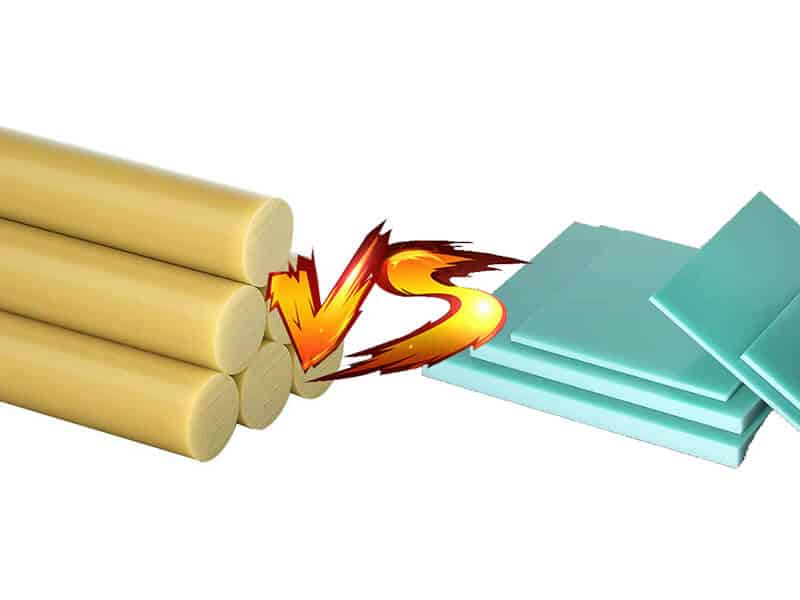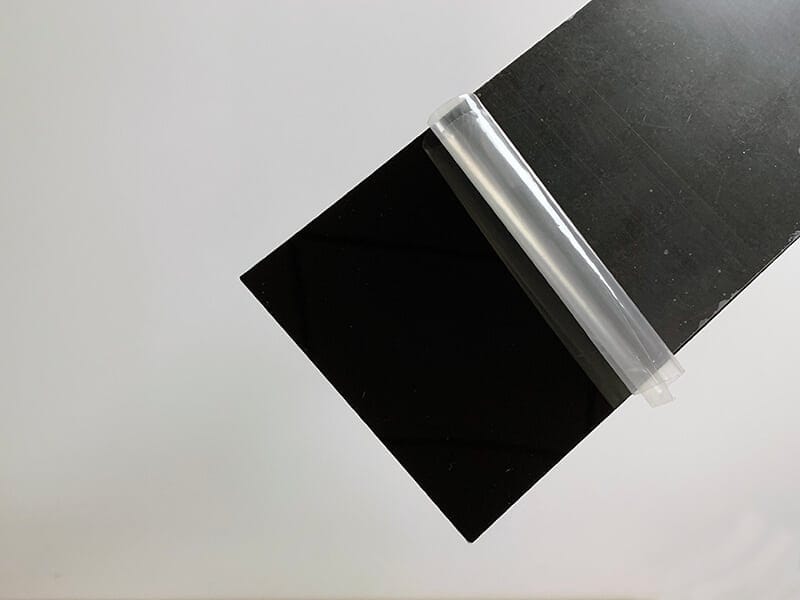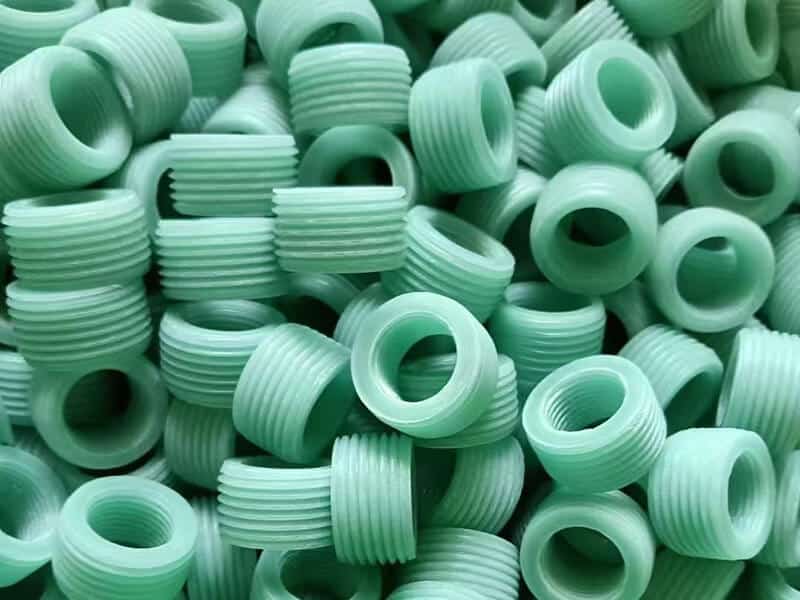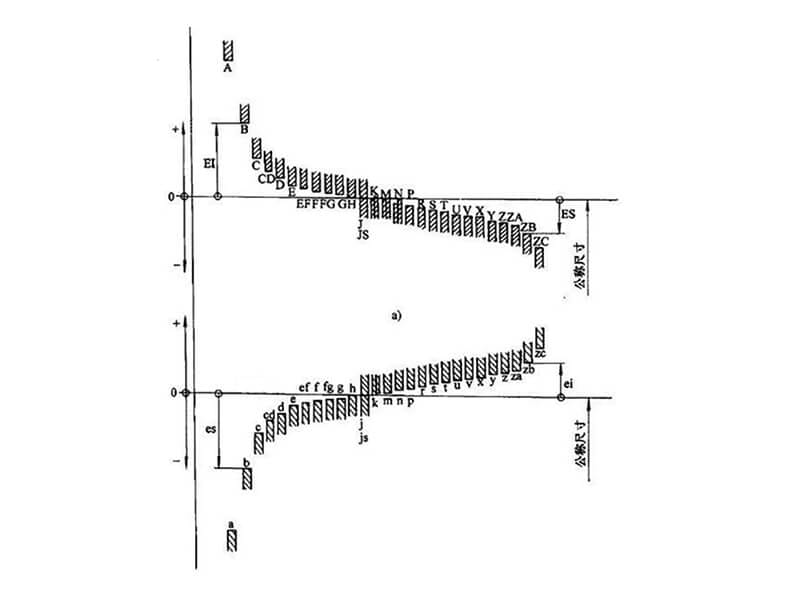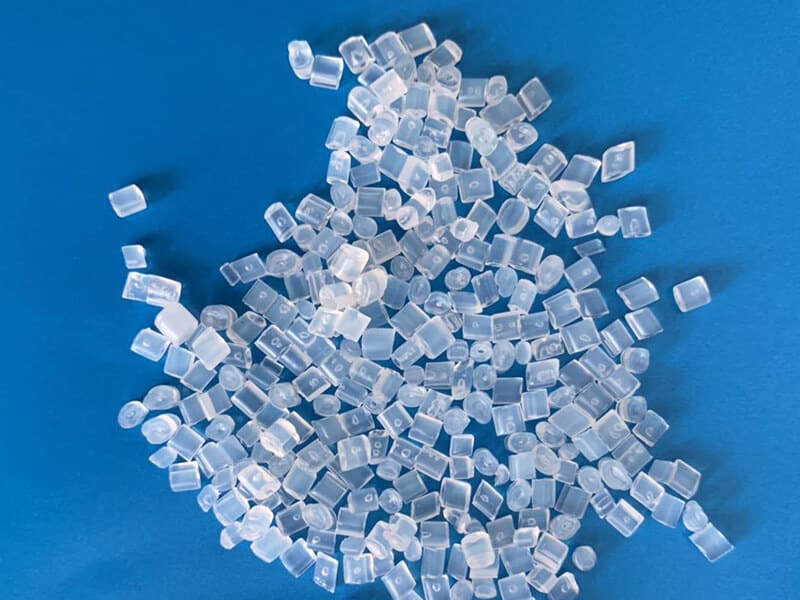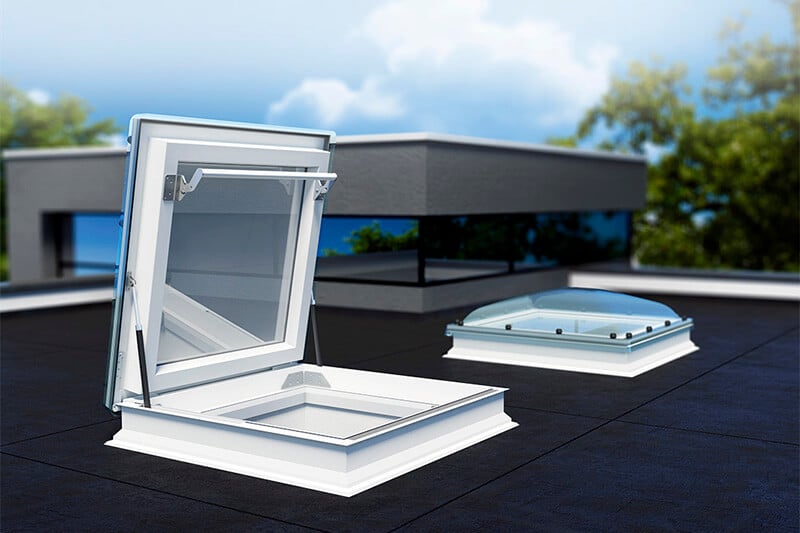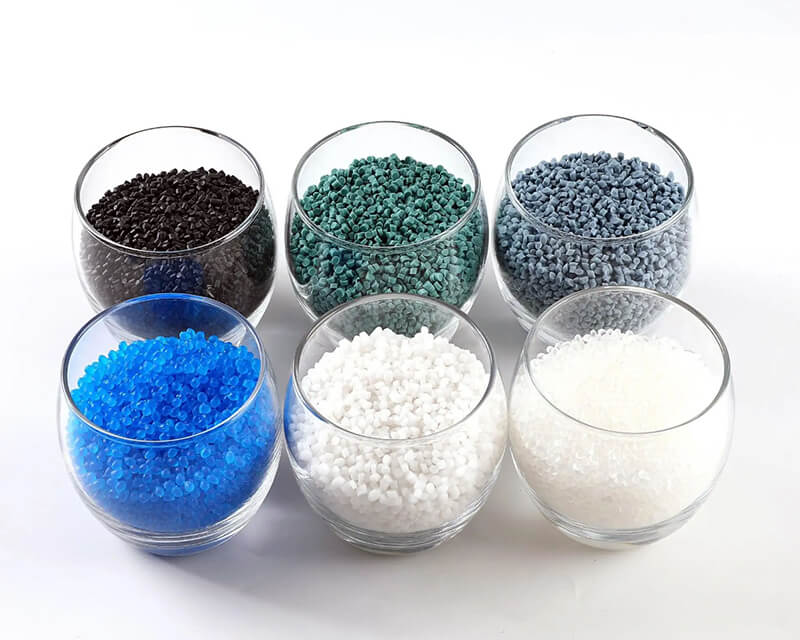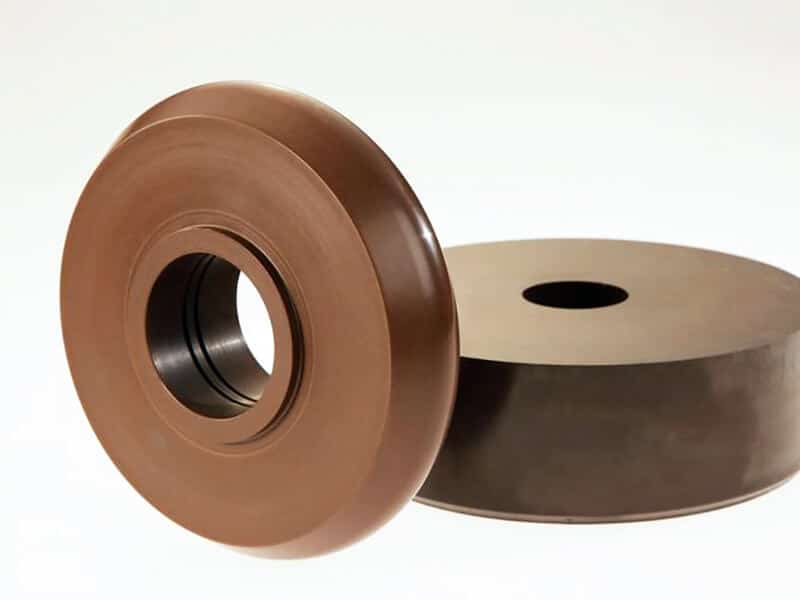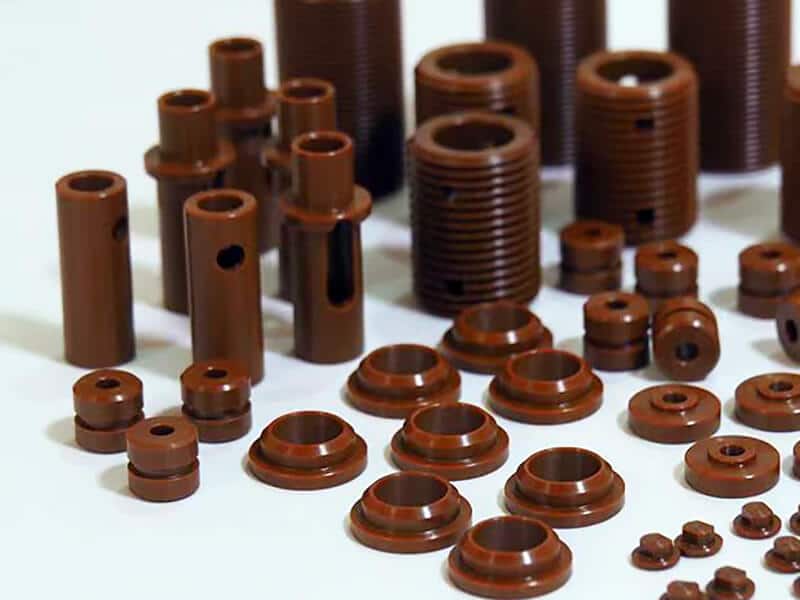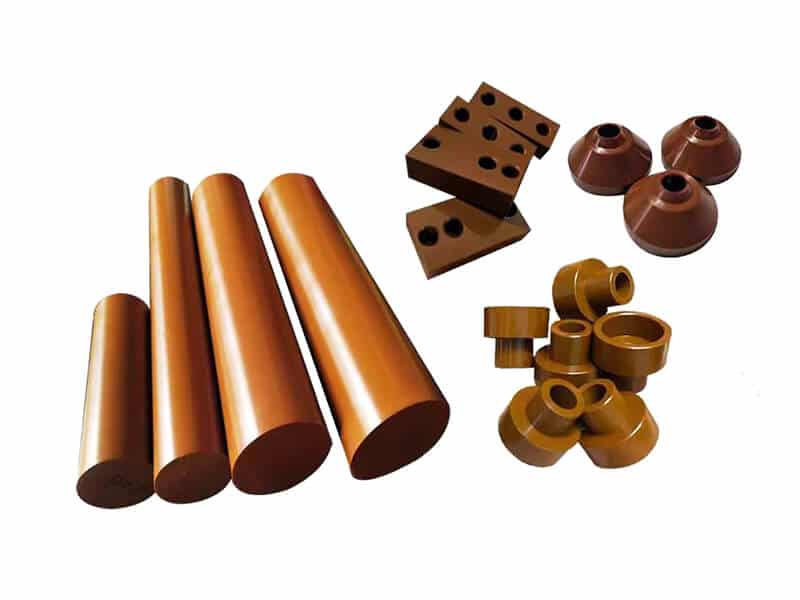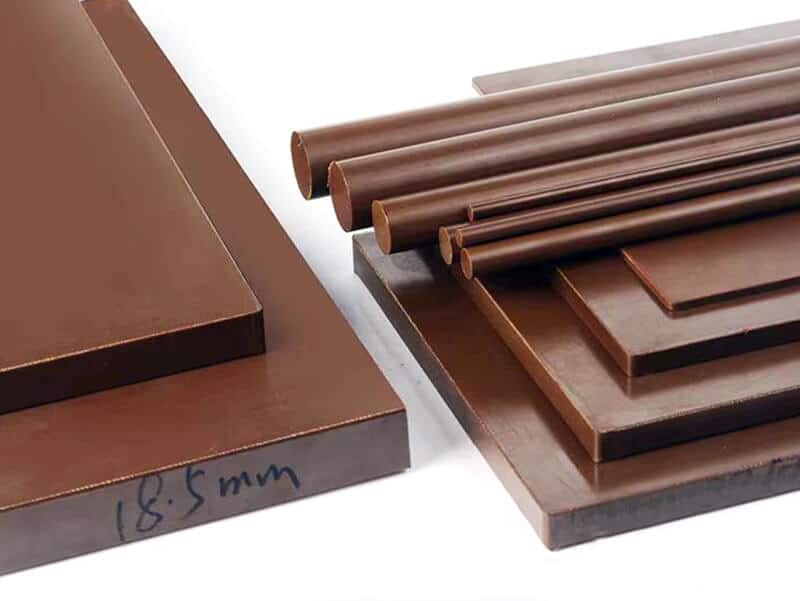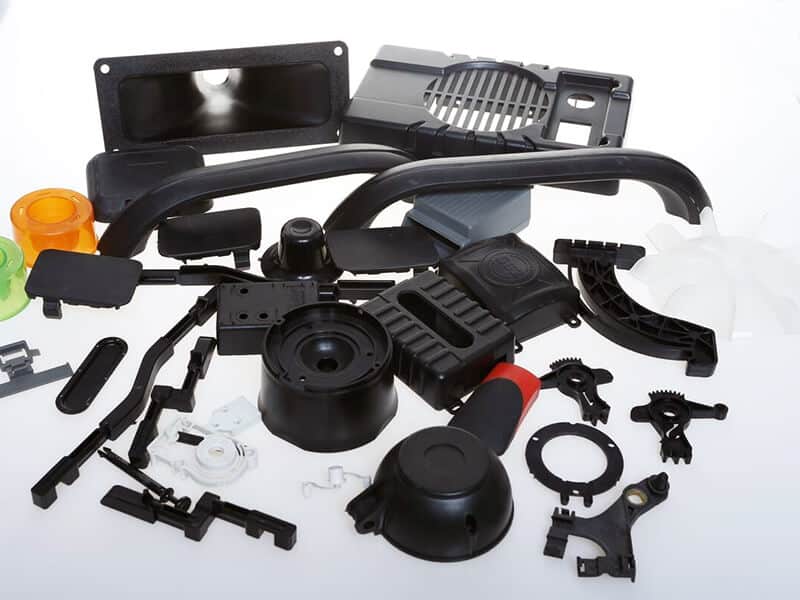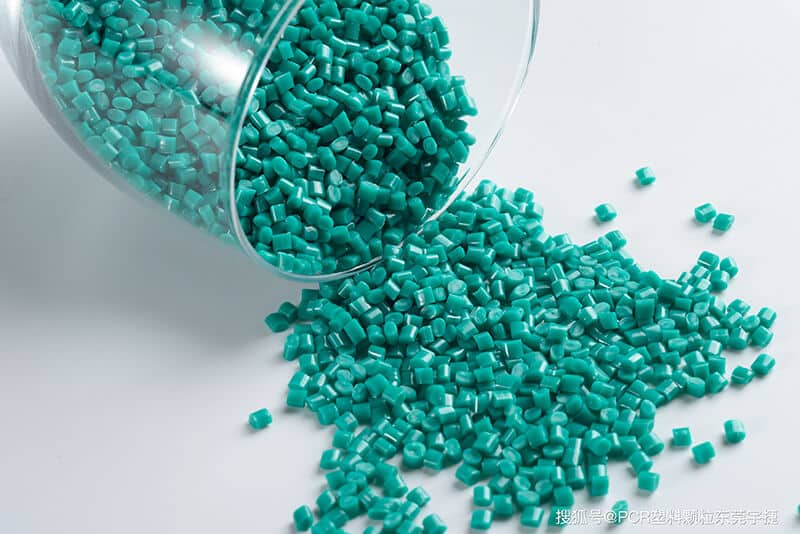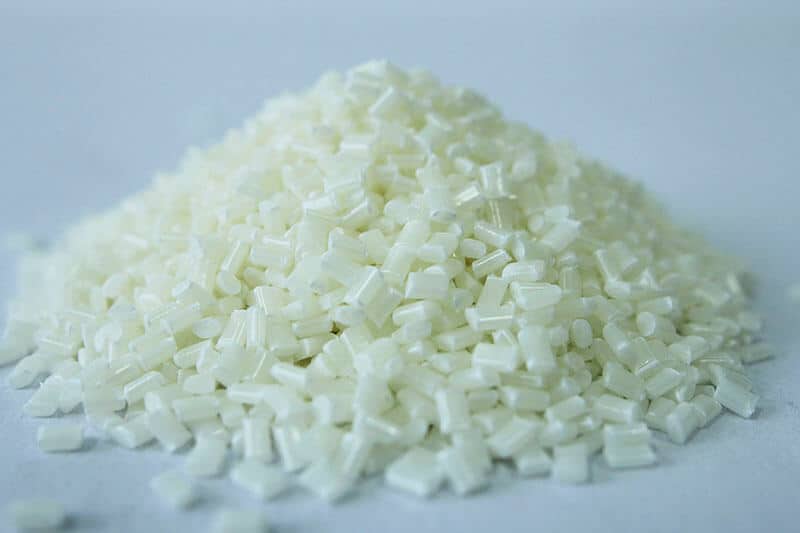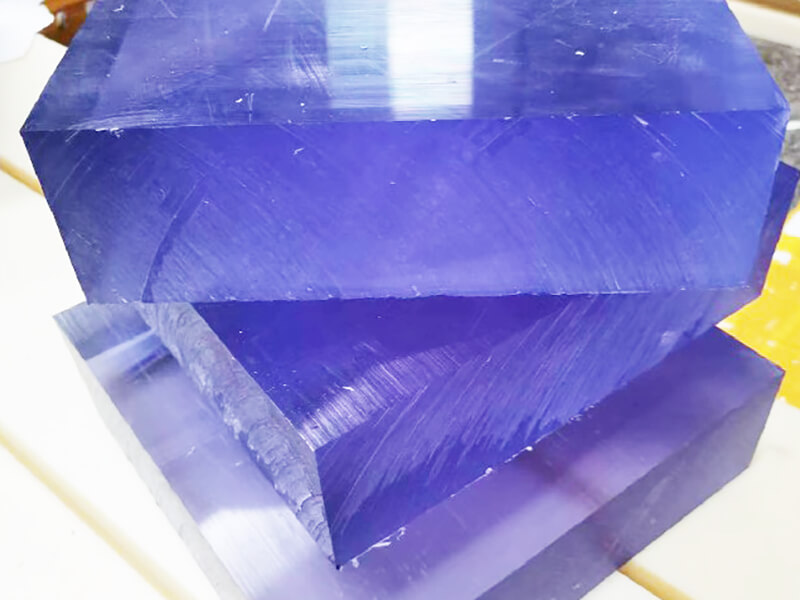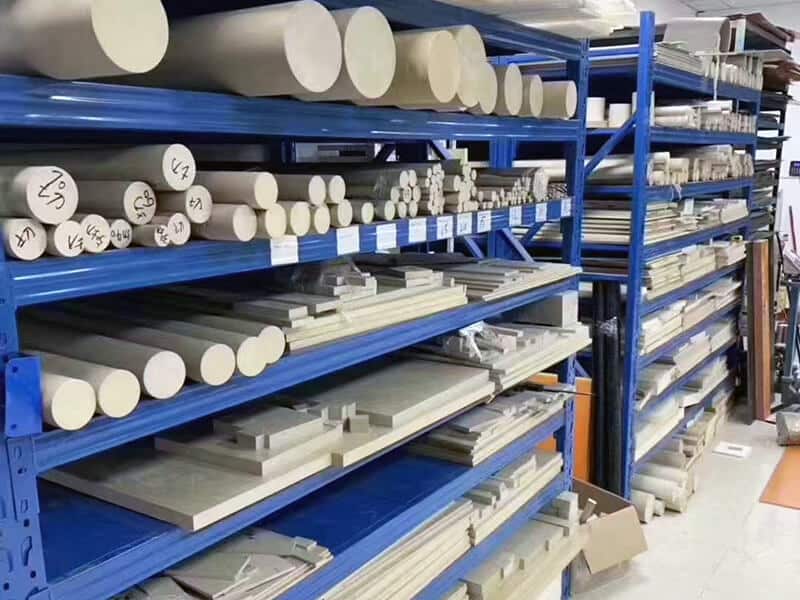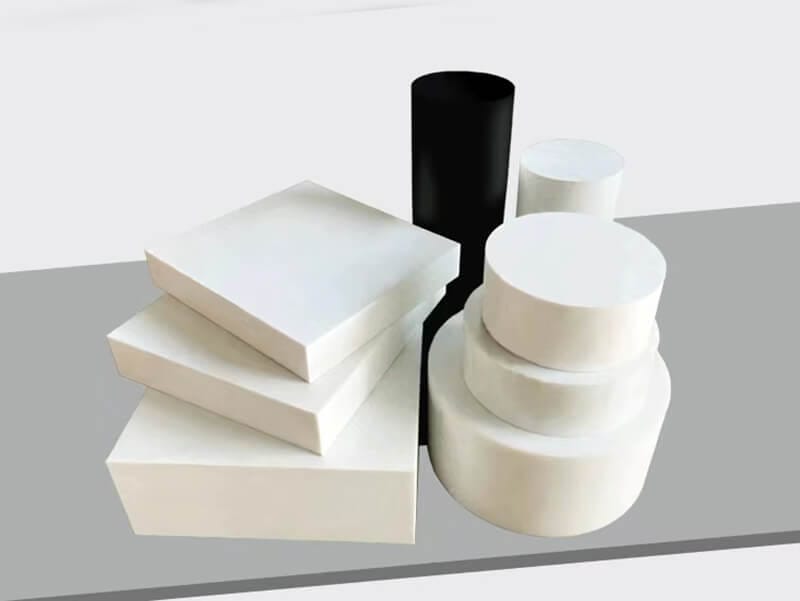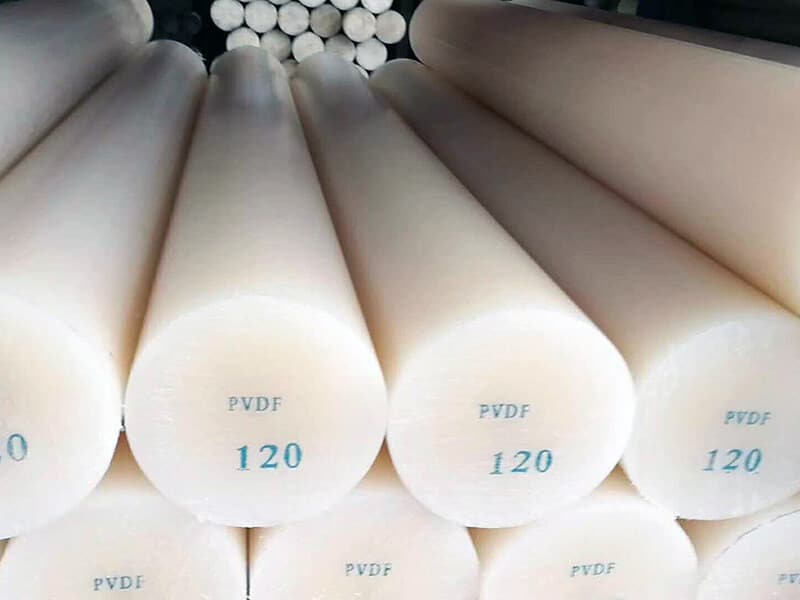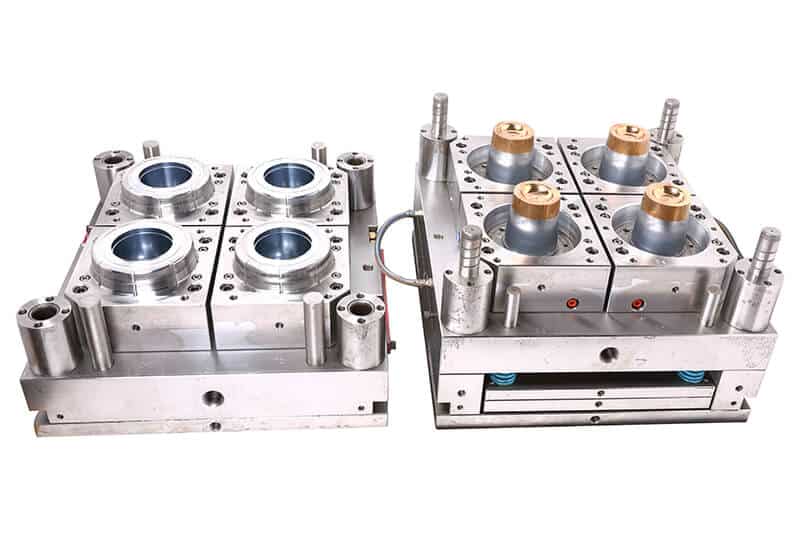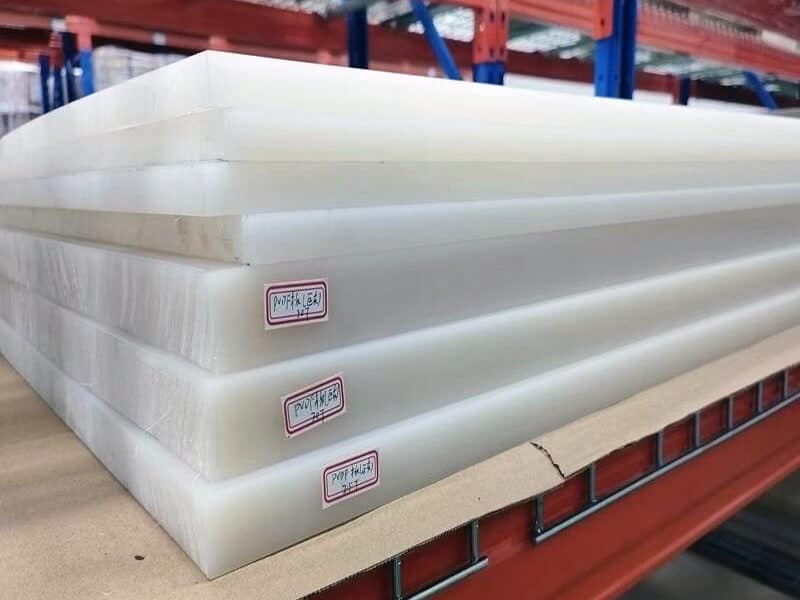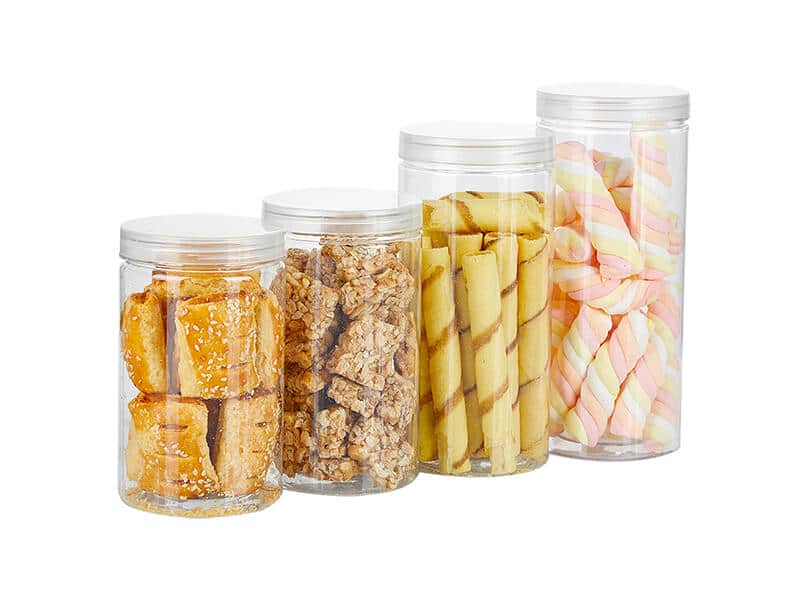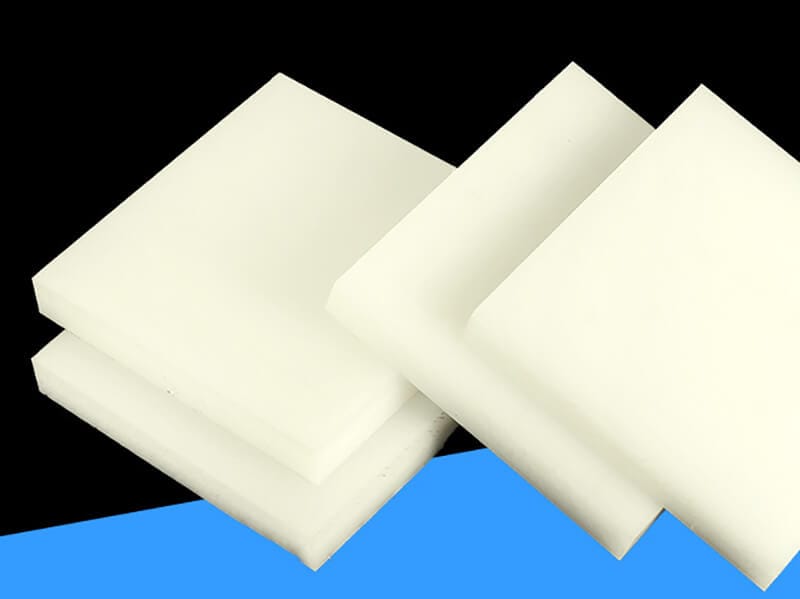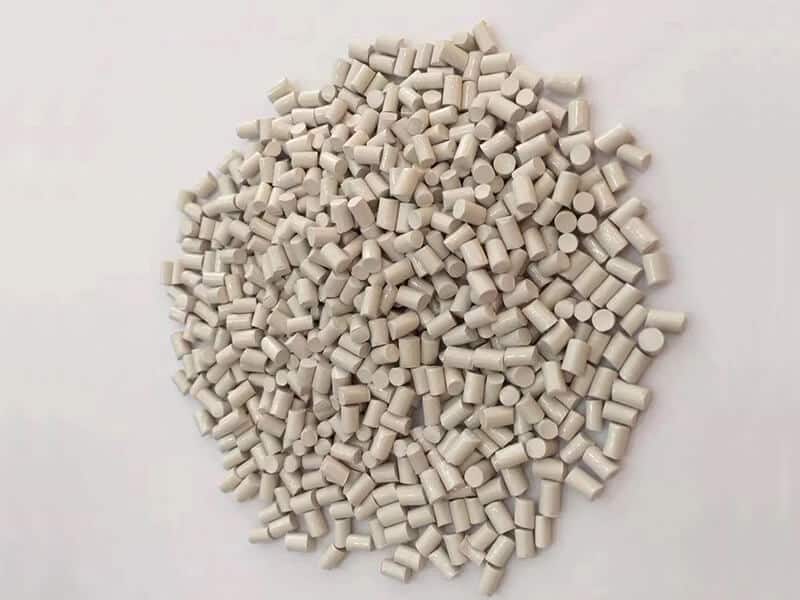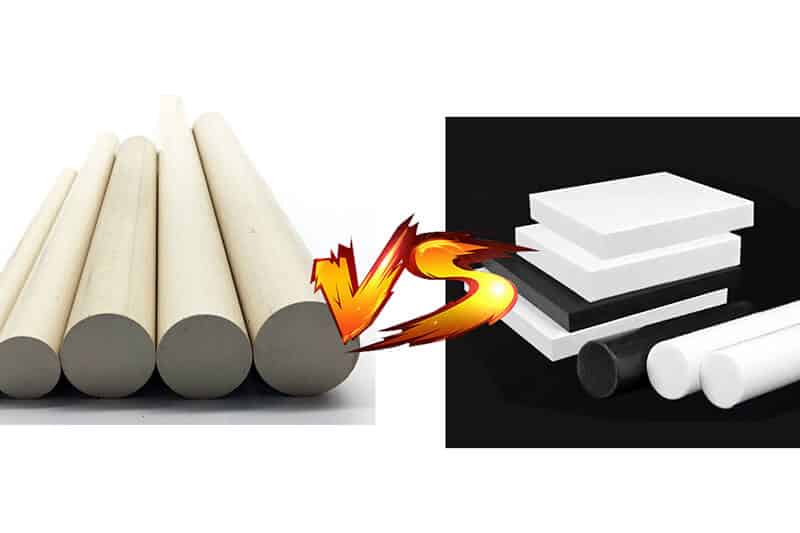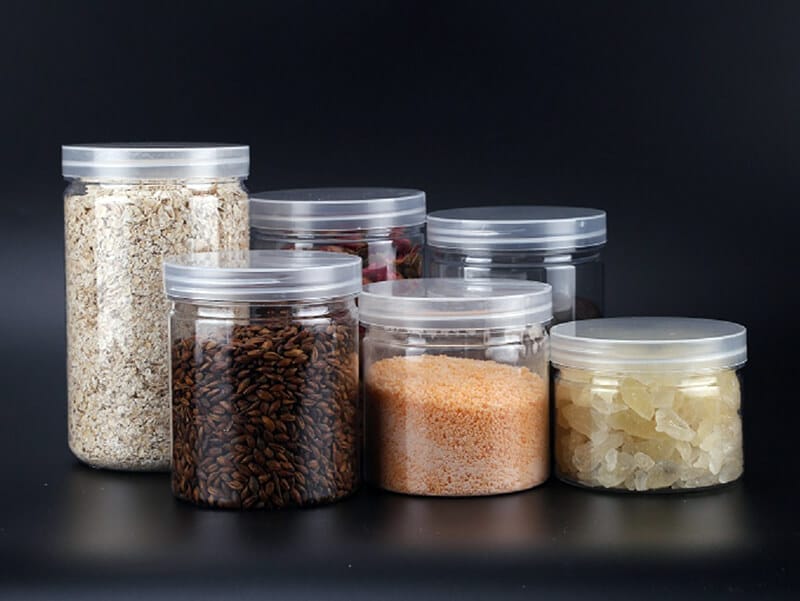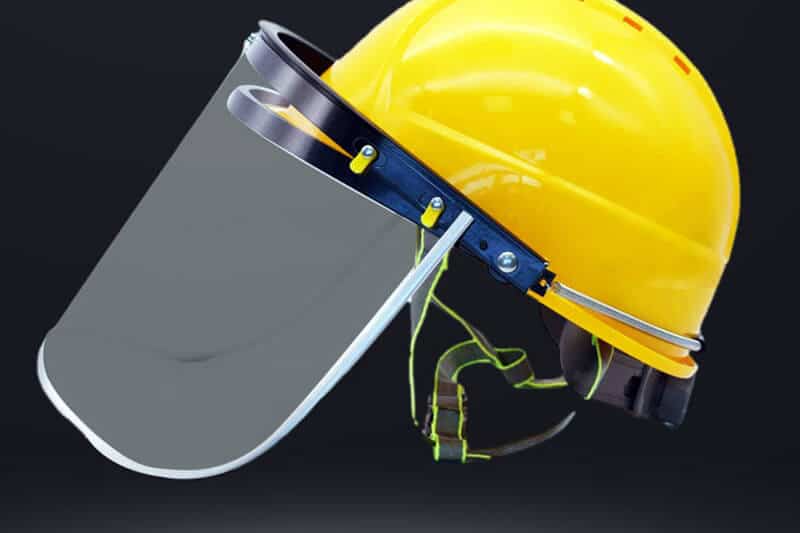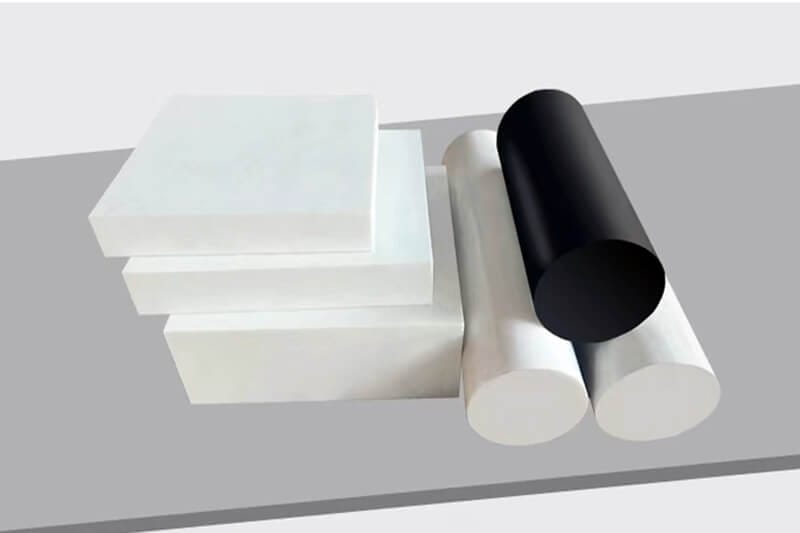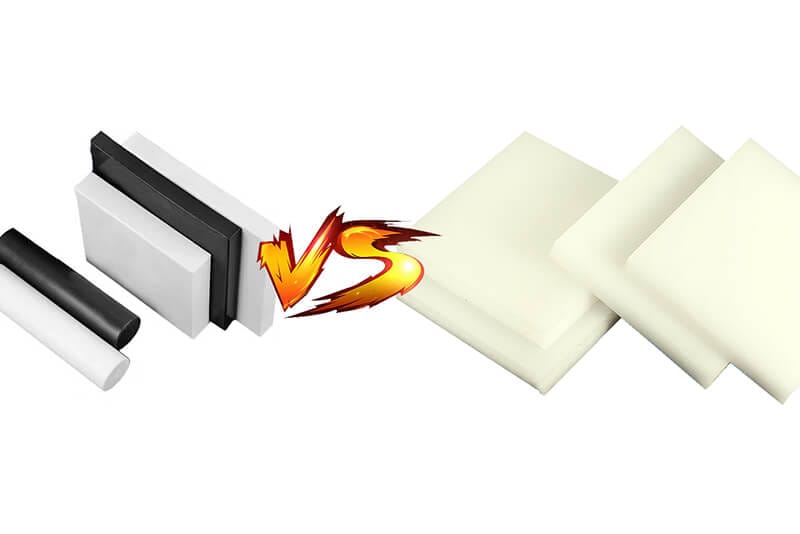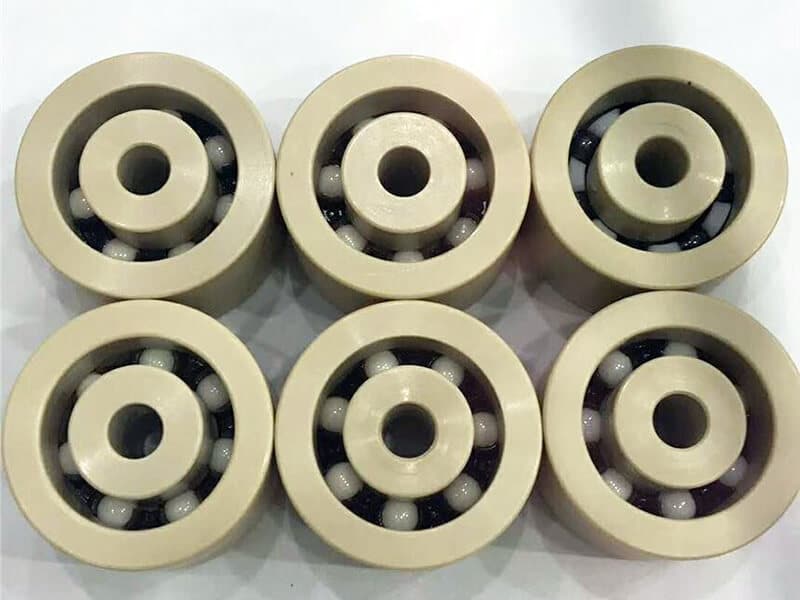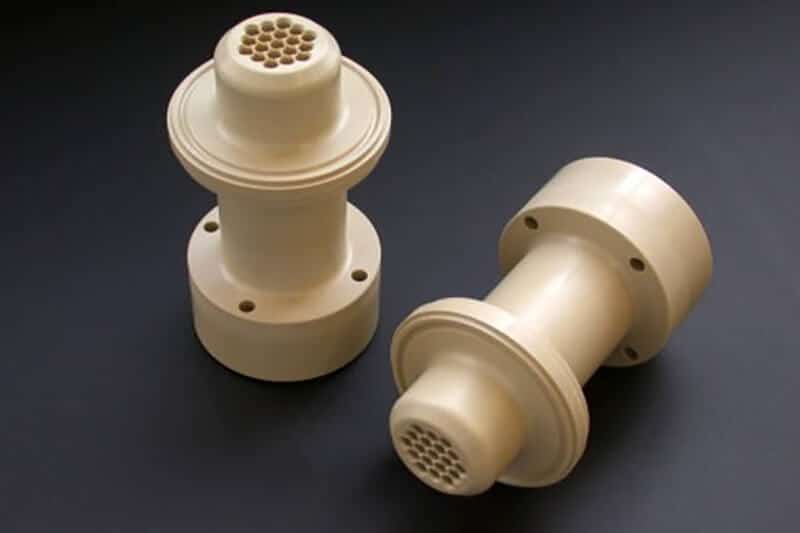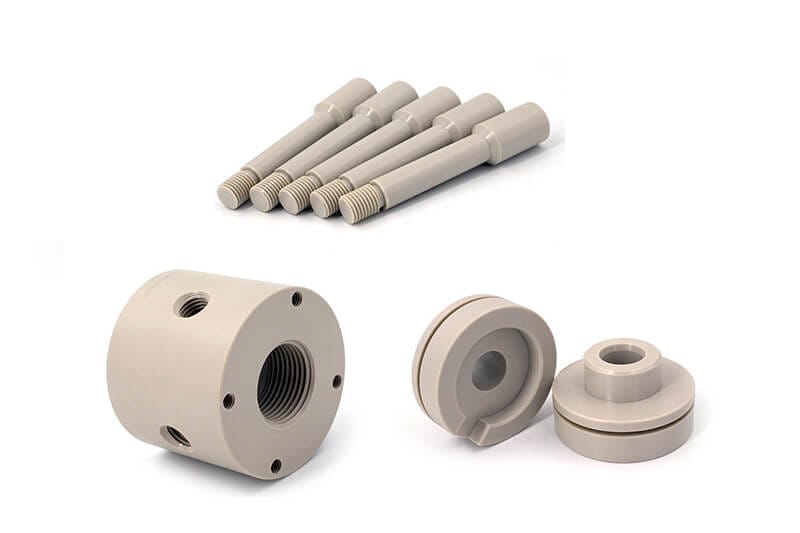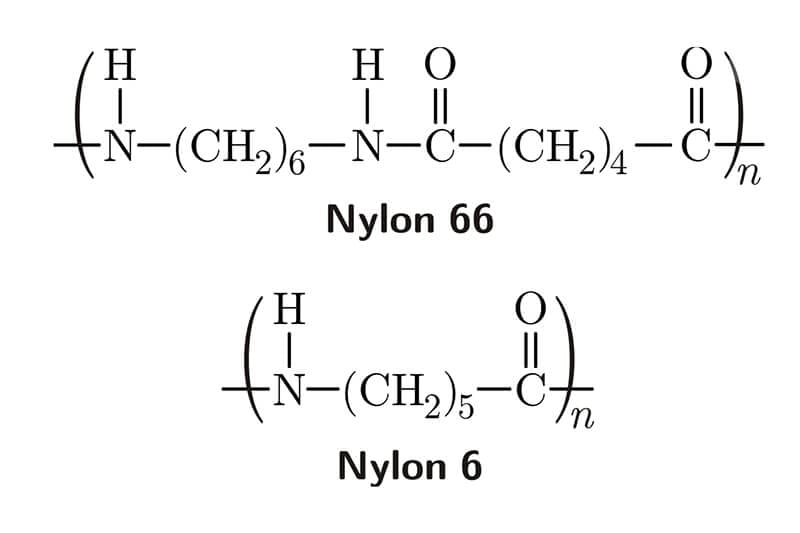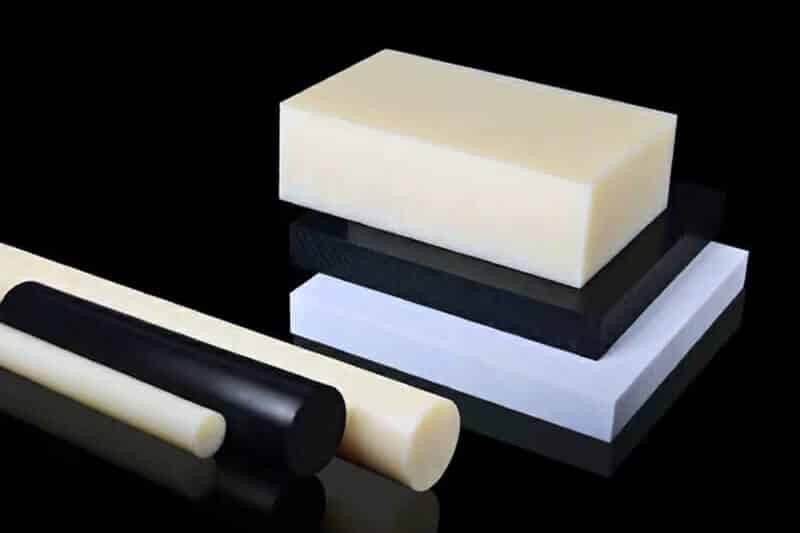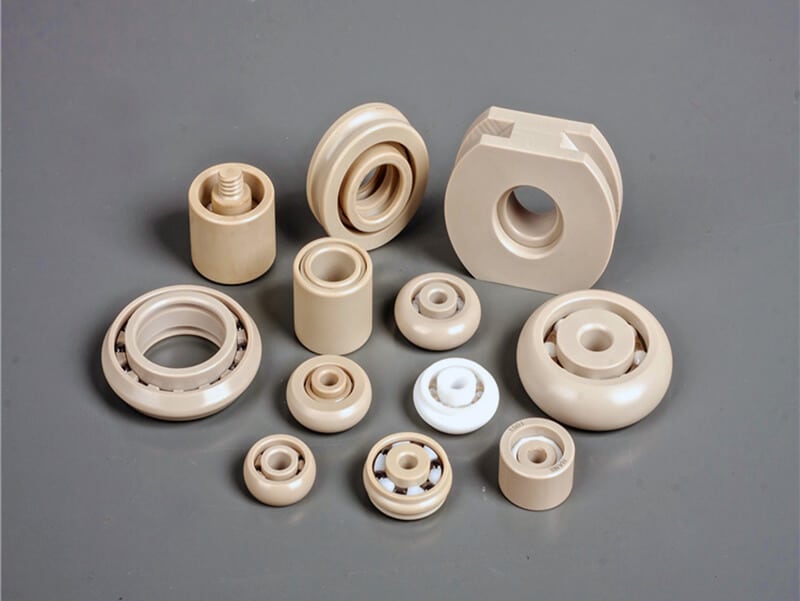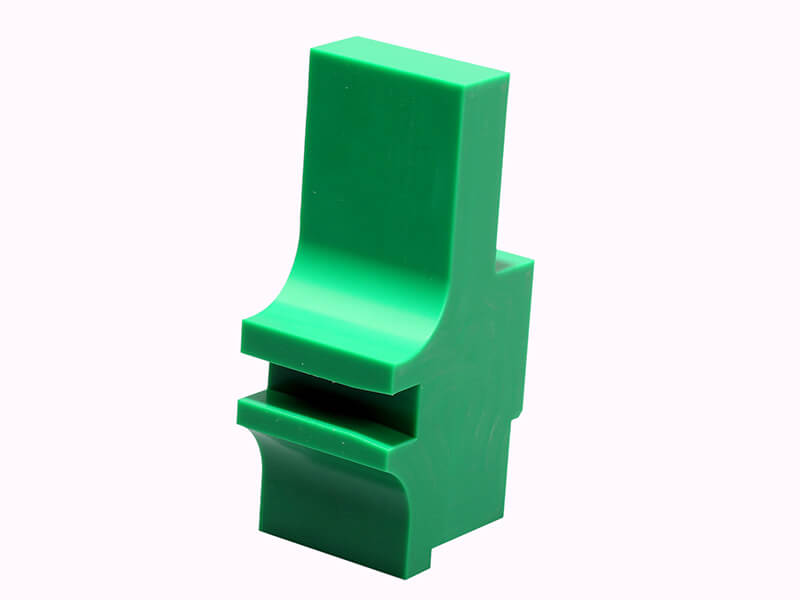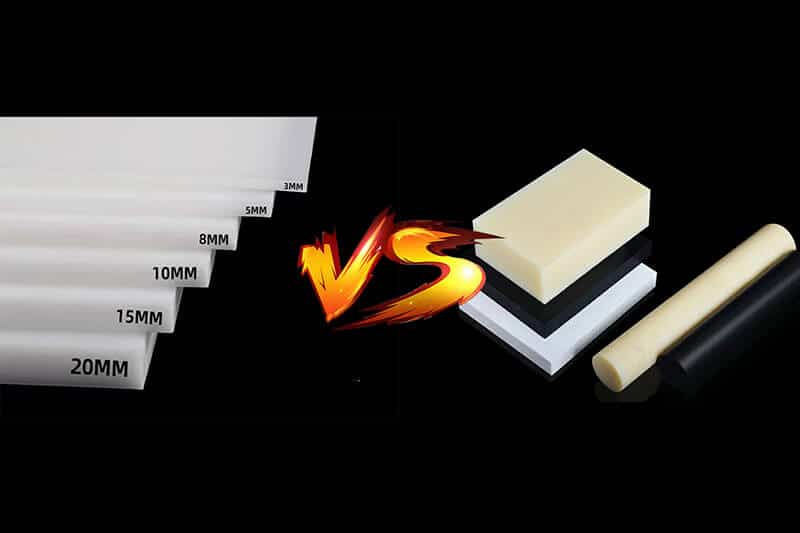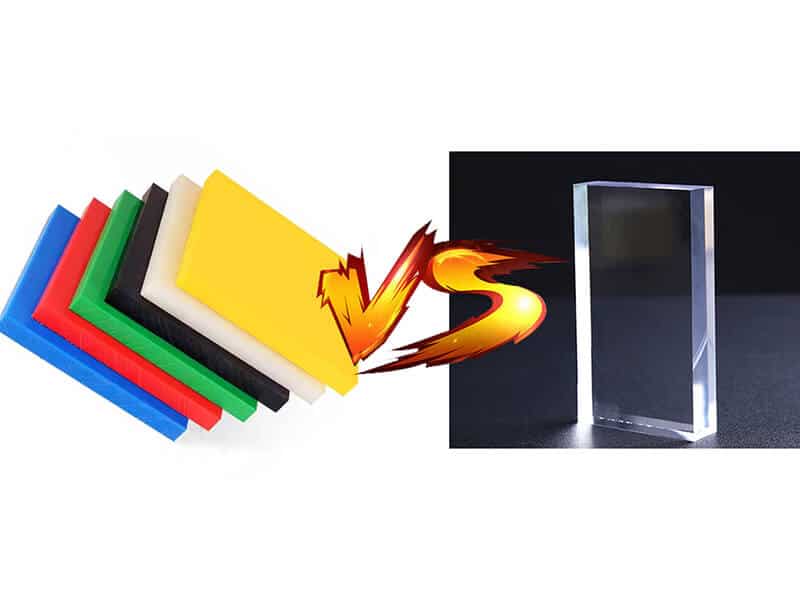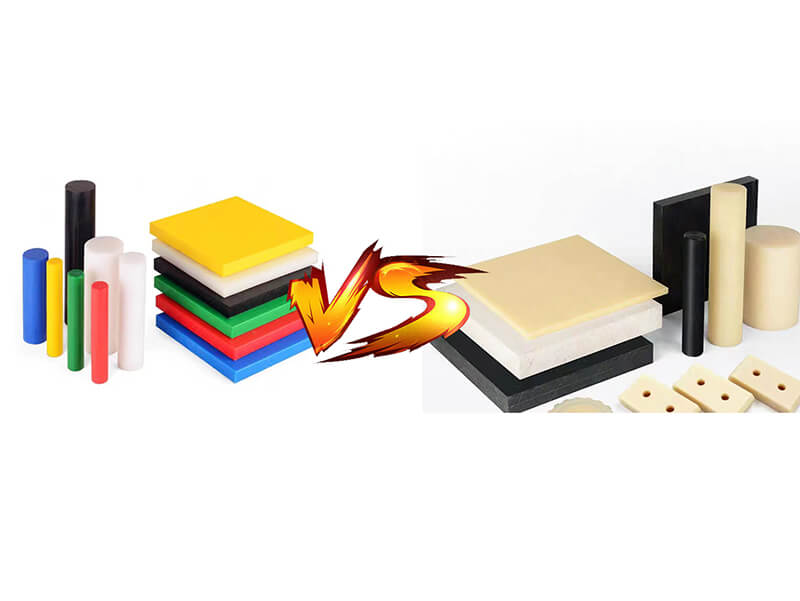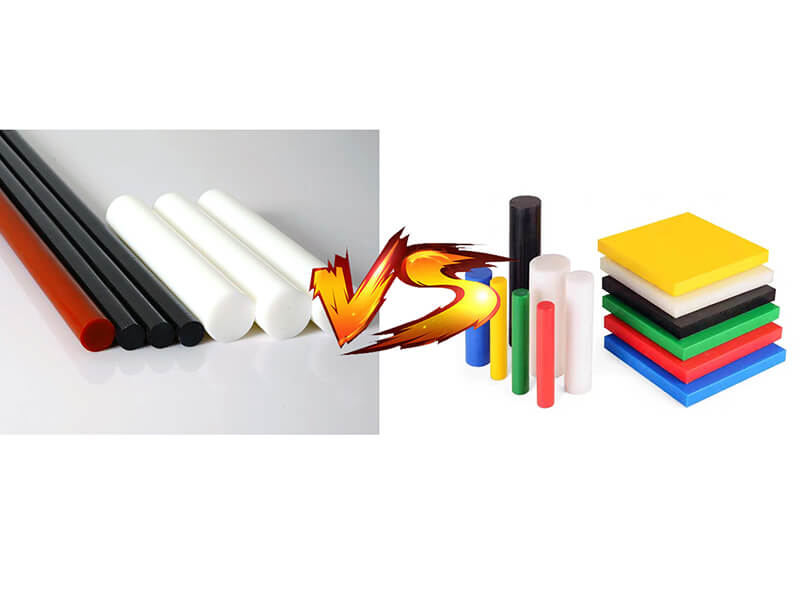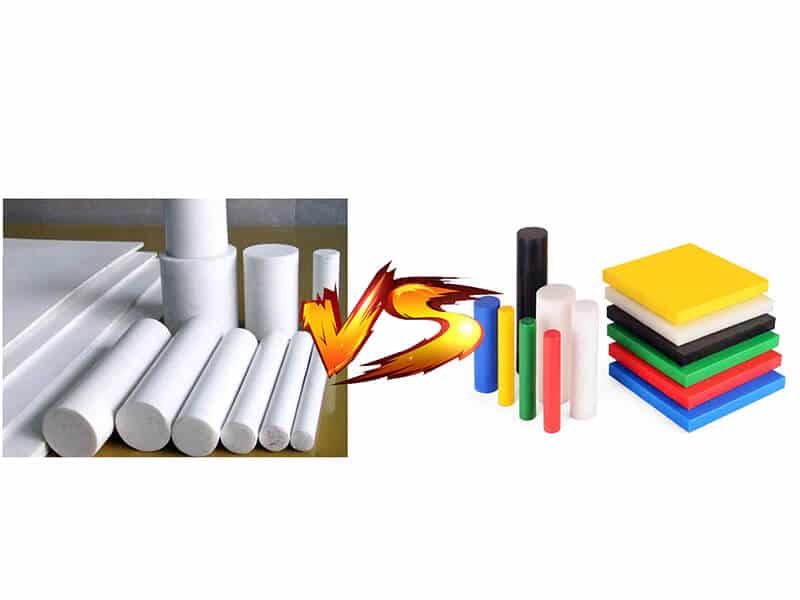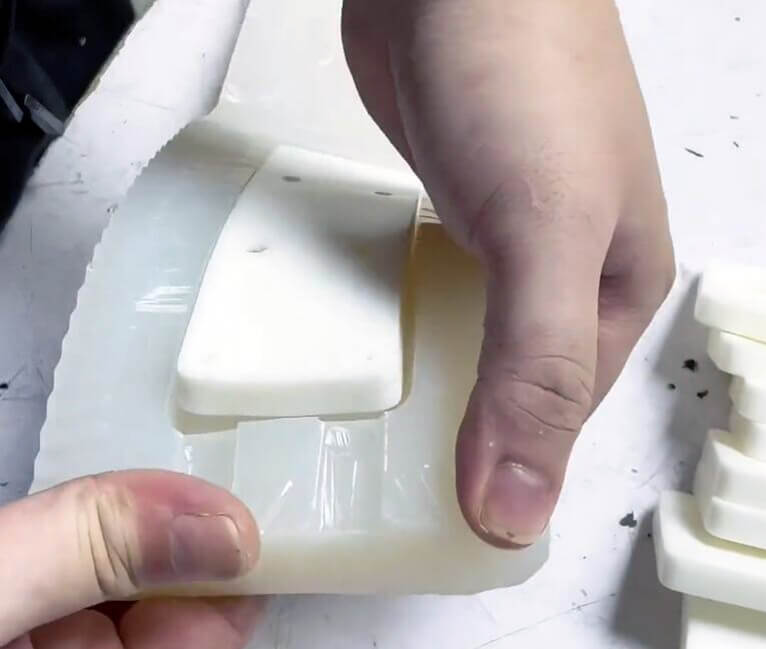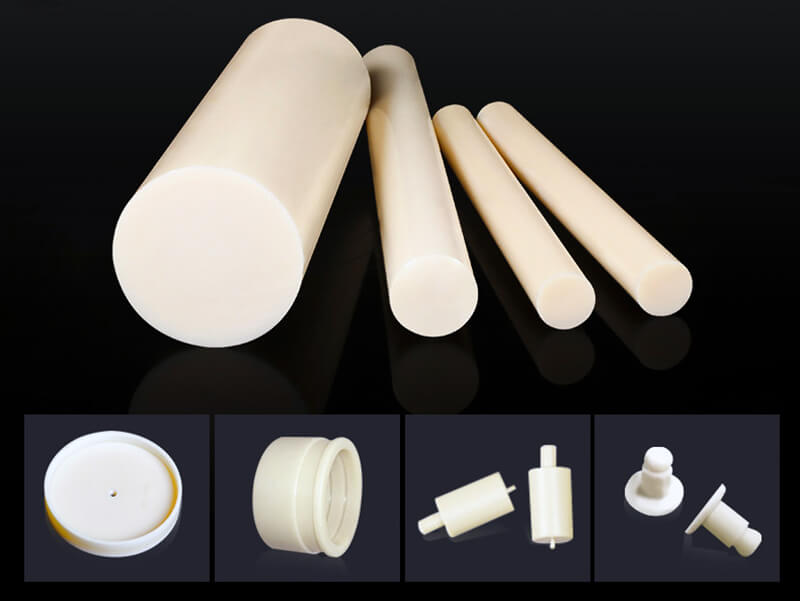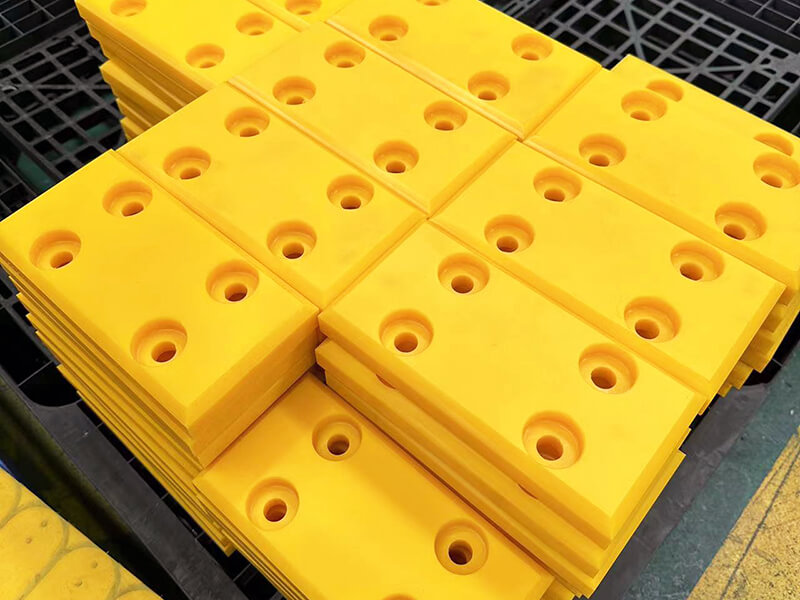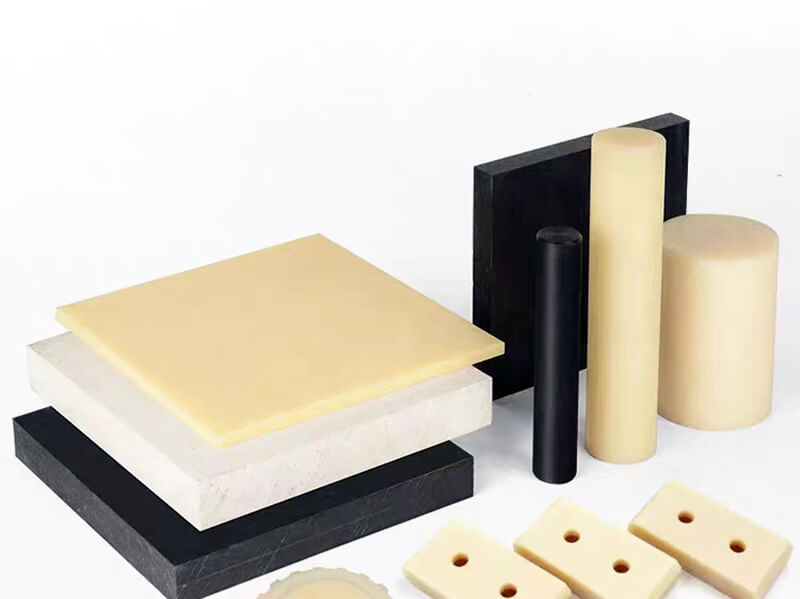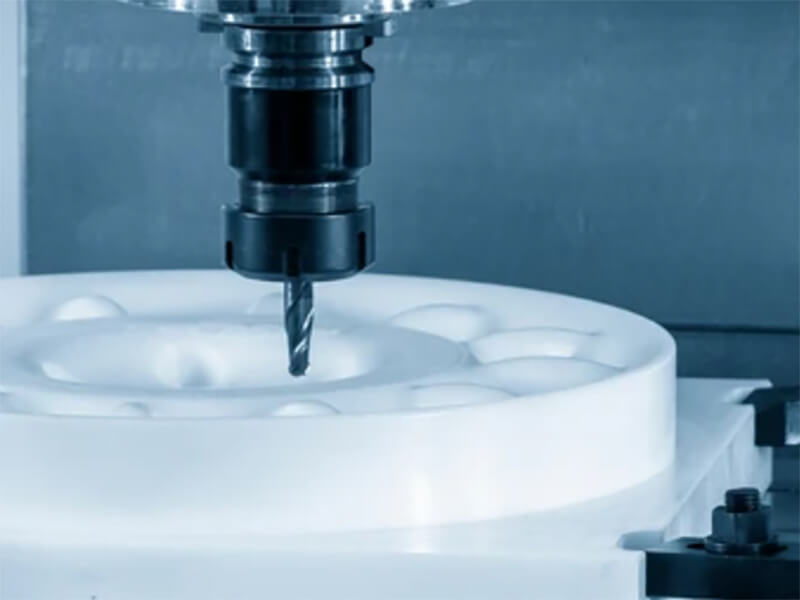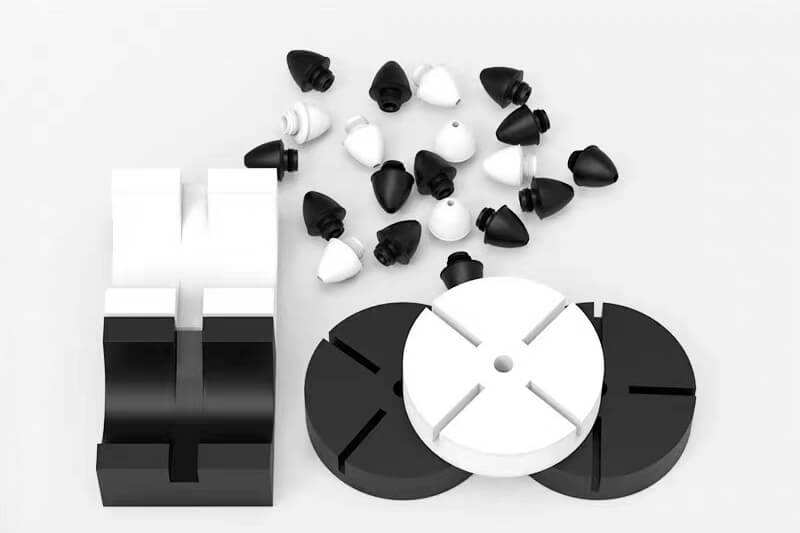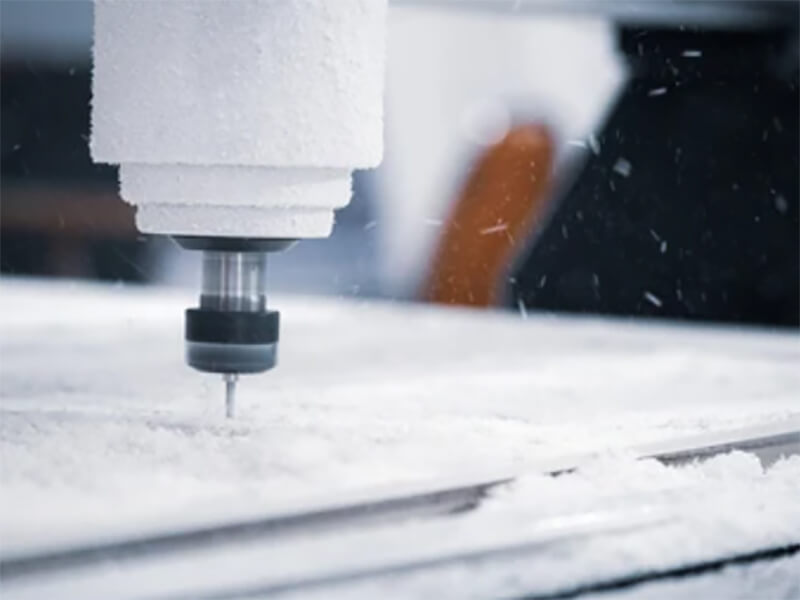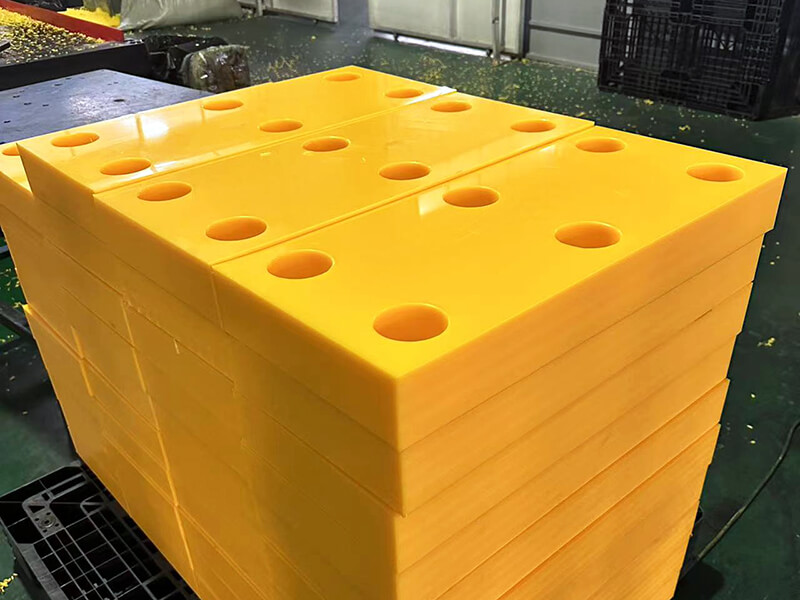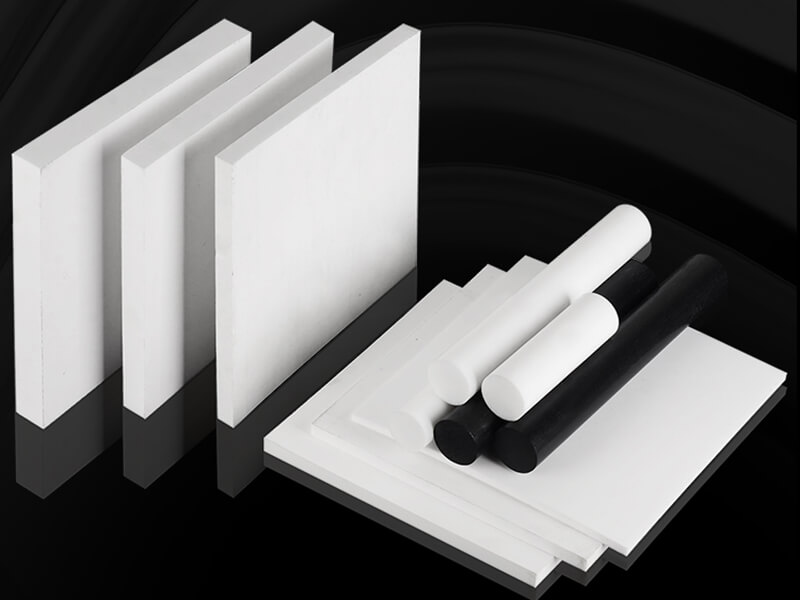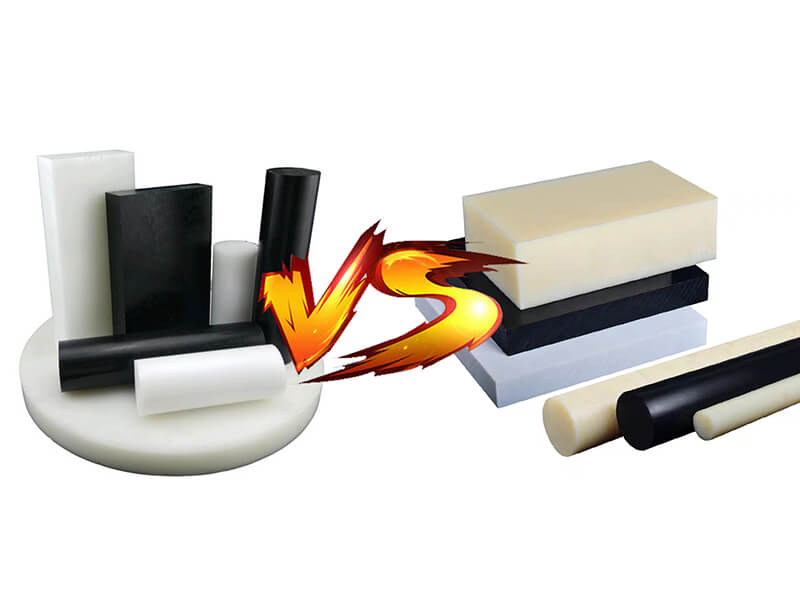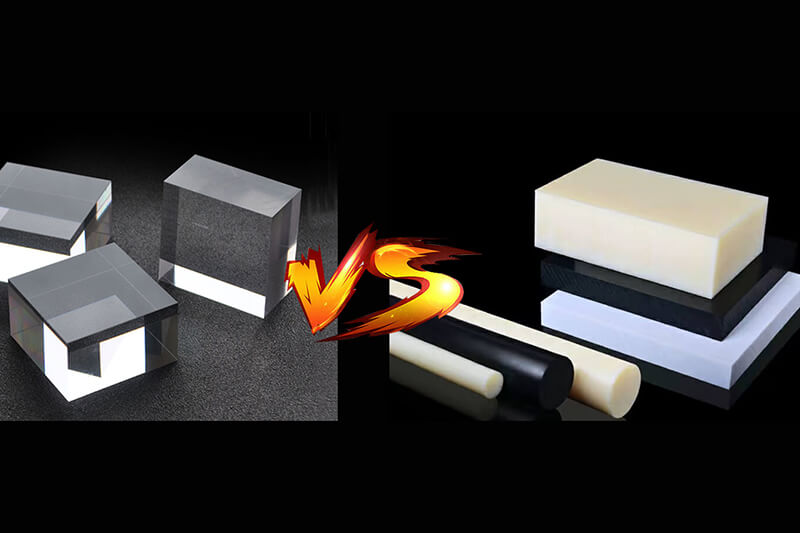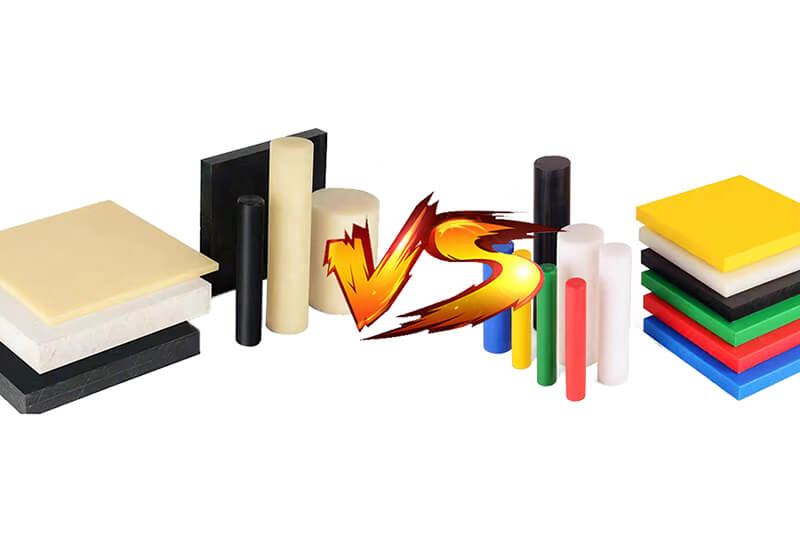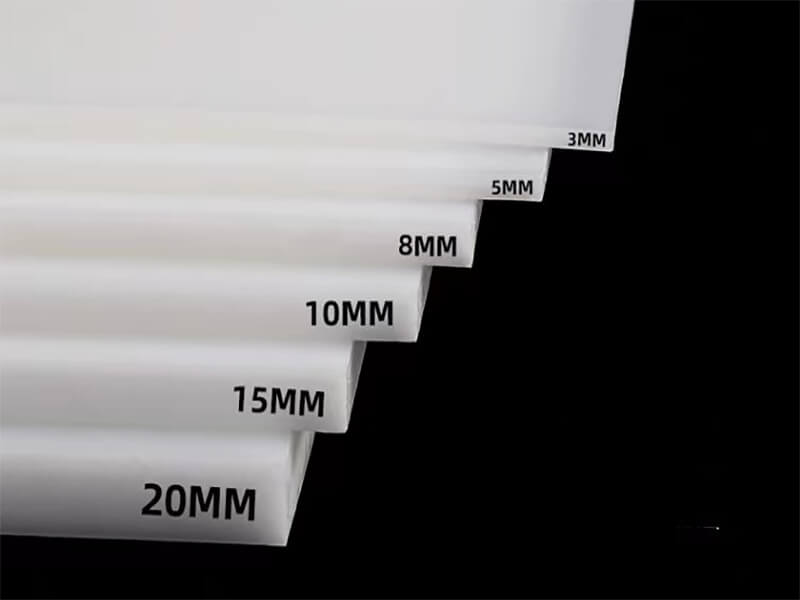ABS Vs. HDPE: A Comprehensive Guide to Optimal Plastic Selection
Unlock the HDPE vs. ABS showdown with this quick guide, which will help you choose the right plastic for your project with confidence and clarity.
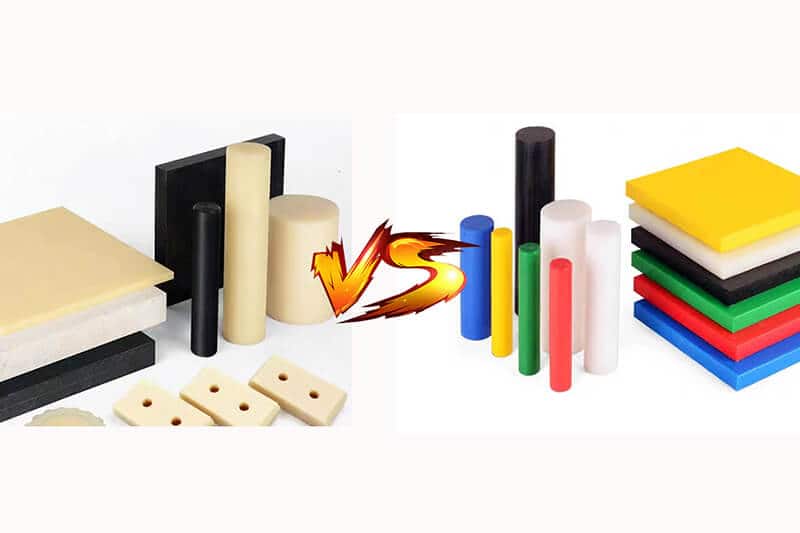
Which is better: ABS or HDPE? A Critical Comparison
Due to several superior properties and applications, selecting from ABS and HDPE is critical. In the end product, these two construction materials trigger impact & corrosion resistance, easy moldability, dimensional stability, tensile strength, rigidity, etc. Product designers, engineers, and manufacturers struggle to pick a particular one to construct various commercial and household components.
In this way, many professionals look for a precise answer to which is better: ABS and HDPE. The answer demands a side-by-side comparison of the material’s properties, production processes, applications, etc. Here, we do precisely the same to assist professionals in selecting the best-suited one from these two materials.
Basics of HDPE Plastic
HDPE Plastic, High-Density Polyethylene, is a thermoplastic polymer. This versatile plastic construction material is rated as “Type-2” plastic. Karl Ziegler of Kaiser Wilhelm invented it in 1953, and it gained popularity at the end of the 19th century.
Its production process involves the “Cracking” method in which intense heat is imposed on petroleum to form ethylene gas. Finally, this gas receives a solid state by the molecules’ attachment.
Basics of ABS Plastic
ABS Plastic, Acrylonitrile Butadiene Styrene, is a copolymer. Depending on the criteria, it has various grades: machine, general-purpose, heat and impact, etc. Initially, ABS plastic was invented and patented in 1948, but its commercial use started in 1954 by Borg-Warner Corporation.
To form ABS, first, polymerization of styrene and acrylonitrile takes place. Then, the formed short chains integrate with butadiene in controlled conditions to create long chains of ABS. Later, additives and various artificial agents are added to make it suitable for any particular use.
Side-by-Side Comparisons of HDPE and ABS
We evaluate each one’s physical, mechanical, and thermal properties to compare these materials. We also plot the associated costs, applications, etc., against one another.
Comparison of ABS & HDPE Physical Properties
The following are the comparisons between HDPE and ABS regarding physical properties.
Density
The density of ABS material varies substantially depending on the type and grade. For instance, the high-impact grade ABS has a density of 1.1 g/cm3, the high-heat grade has a density of 1.154 g/cm3, and the general-purpose grade has a density of 1.21 g/cm3.
On the other hand, HDPE has only one density value, which ranges from 0.91 g/cm3 to 0.97.7 g/cm3. Therefore, ABS is far lighter than HDPE.
Hardness and Surface Finish
First, the hardness rating of ABS plastic is Rockwell R 80 and R114. This rating symbolizes that this plastic is rigid and can trigger scratch resistance. It creeps at below 148 kg/cm2 stress.
On the contrary, HDPE’s hardness criterion falls in the Shore D category with a value of 58-67. Here, the Shore D is classified as the hardness of a semi-rigid plastic, tough rubber, etc.
Second, considering the surface finish, ABS has a smooth and glossy surface, and HDPE has a semi-smooth surface type with high hydrophobicity and lipophilicity.
Impact and Tensile Strength
A core physical property of ABS is its good impact strengths. Following this, it can withstand any sudden impact or shock effectively. Again, its tensile strength is 32-35 MPa, which ensures no breakdown while stretching or pulling.
HDPE also showcases promising characteristics in these two criteria. Its impact strength is 8.5 kJ/m2 as per the Izod impact strength test, and the ultimate and yield tensile strengths are 29.8 MPa and 21.2 MPa, respectively.
Comparison between HDPE and ABS Thermal Properties
The following are the core concerns regarding ABS vs HDPE thermal properties.
Melting Point and Heat Resistance
ABS plastic can withstand heat of 78 °C- 82 °C. Its melting point ranges from 200 °C to 224 °C. Both thermal properties make ABS highly moldable. It hosts negligible changes in mechanical properties under heating conditions.
On the other hand, the melting point of HDPE is 120°C-135 °C, which makes it suitable for use in high-heat environments. Again, its heat resistance capacity is nearly identical to ABS: up to 83 °C.
Thermal Conductivity
The thermal conductivity of ABS is 0.14-0.22 W/m·K. On the contrary, the thermal conductivity of HDPE is 0.51±0.02 W/m·K. These two values indicate that HDPE is more suitable for heat transfer than ABS.
Comparison between ABS and HDPE Chemical Properties
Here, we compare ABS and HDPE while considering various parameters of chemical properties.
Chemical Resistance
ABS can easily restrict any changes in contact with fats, oils, alkalies, acids, and hydrocarbons. Unfortunately, it cannot withstand its core properties when encountering ether, ethyl chloride, ethylene chloride, acetone, etc.
HDPE also showcases promising performances in this criterion. It is resistant to strong acids, gentle oxidants, chlorine, etc.
Flammability and UV Resistance
First of all, ABS contributes to fire incidents. The storage container can explode after hosting melting and boiling processes if exposed to heat equivalent to a wood fire. But, HDPE is more flammable than ABS.
Again, ABS has a high-resistance capacity against the sun’s UV rays. Unfortunately, HDPE needs to be processed with some additives to reach this level of UV-resistance characteristics.
Evaluation of ABS and HDPE Costs
In the cost comparison, HDPE is the winner; its per-ton price is far less than that of ABS. One ton ABS price is approximately $1582-$1610, and one ton HDPE price is $837-$890 as of December 2022.
Comparison between ABS vs HDPE Applications
The table below showcases a comparison between the applications of the considered materials.
| Industry | ABS Plastic | HDPE Plastic |
|---|---|---|
| Automotive | Seat belt items, instrument panels, handles, etc. | Fluid tanks, bumpers, linings, etc. |
| Electrical | Enclosures, keyboards, remote control, etc. | Fibre optics and power distribution units. |
| Plumbing | Pipings and respective elements for vents, sewage, and drains. | HDPE pipes for gas mines, oil mines, stormwater, electrical wire, etc. |
| Household items | Food processors, vacuum cleaners, utensils, toys, etc. | Containers of shampoo, oil, cleaning items, and so on. |
| Medical | Nebulizers, drug delivery systems, compressors, etc. | Surgical implants and bone graphs. |
Final Words
Professionals can use our elaboration on which is better: HDPE or ABS for industrial purposes. However, the core take is that ABS should be used to produce lightweight items that can incorporate higher impact resistance and rigidity.
On the other hand, HDPE should be chosen for items that resist moisture and chemicals. Finally, the ultimate selection depends on the end item’s characteristics.
If you are looking for a trustworthy supplier of HDPE plastic and ABS plastic, don’t hesitate to contact UVTECO, a leading supplier of engineering plastic and machining services.
Related Blogs

Looking for a trustworthy Supplier
Need a Trustworthy Supplier of Plastic, Foam, Sponge, Rubber, Metal, and Machining Solution. Click the Button, We Will Be In Touch With You As Quickly As Possible.


